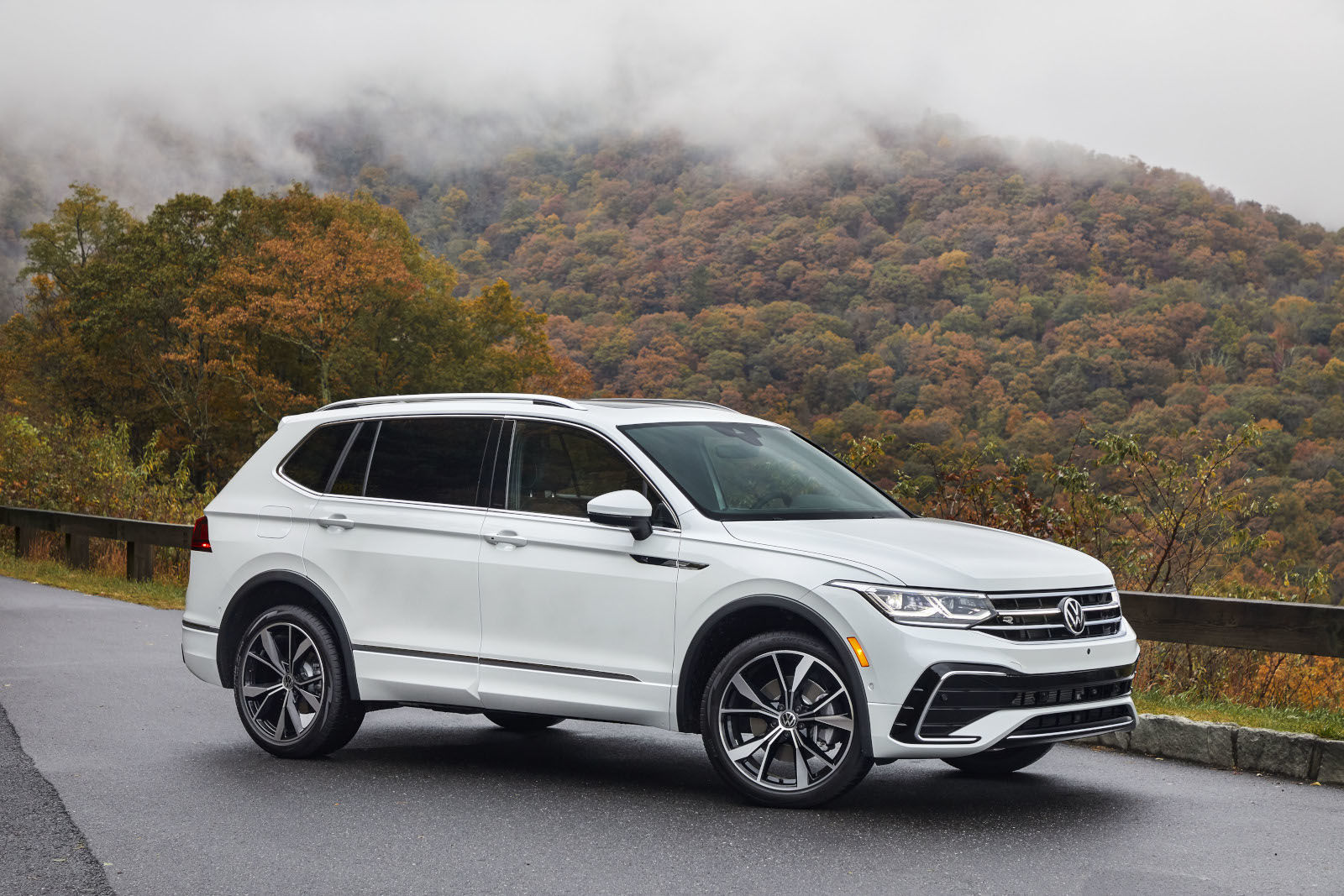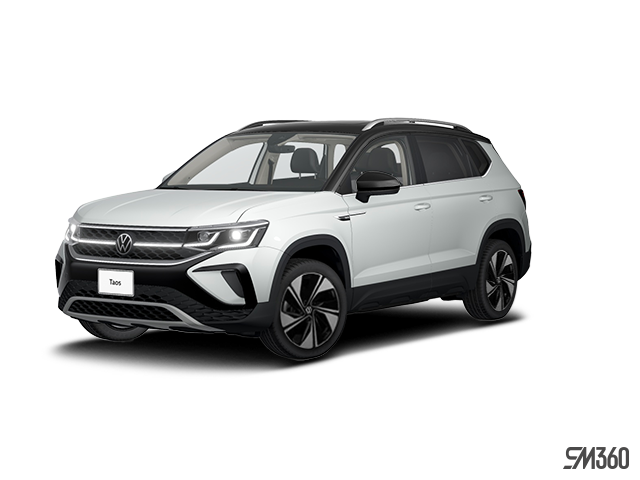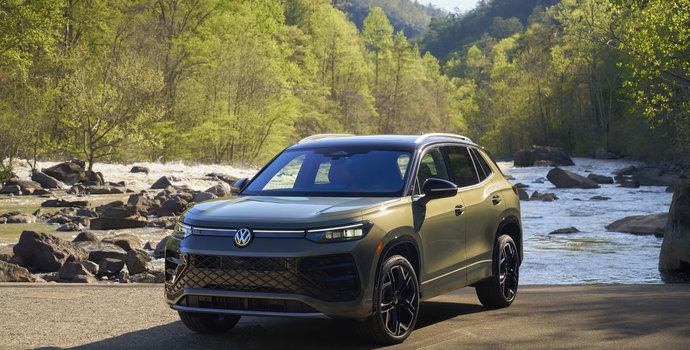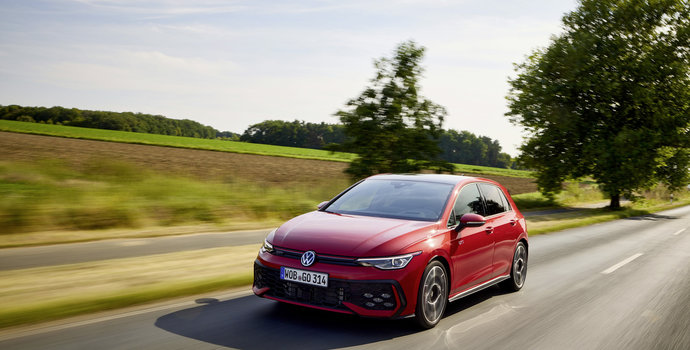Choosing between the 2024 Volkswagen Taos and the 2024 Volkswagen Tiguan can be challenging for buyers in Toronto. Both vehicles are prime examples of Volkswagen’s commitment to performance, comfort, and advanced technology. However, their differences can influence your choice based on specific needs. This comprehensive comparison delves into the critical aspects of each model, including performance, interior space, and features, to help you make an informed decision.
Performance and Fuel Economy
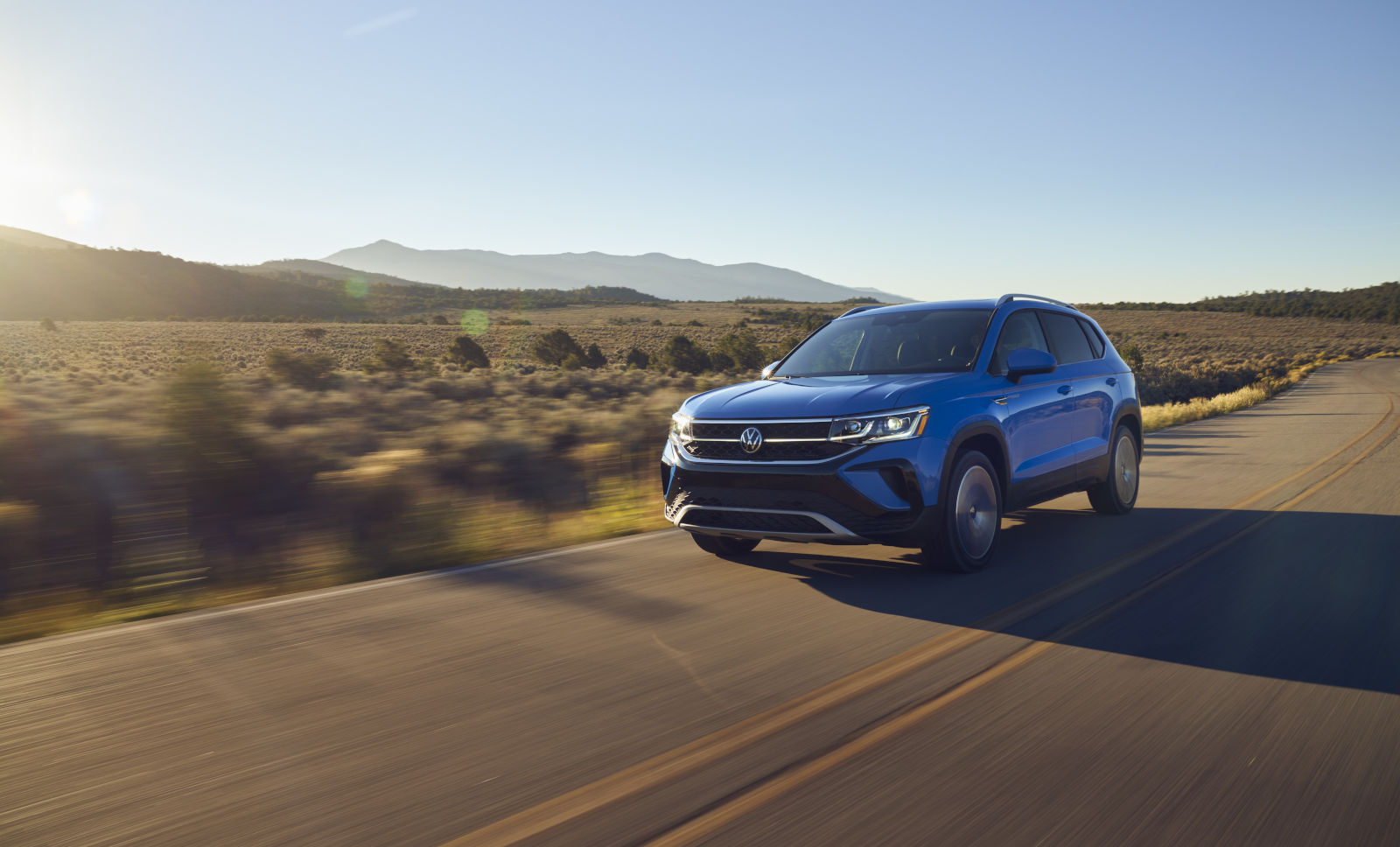
The 2024 Volkswagen Taos and the 2024 Volkswagen Tiguan are equipped with turbocharged engines that reflect their distinct design philosophies. The Taos features a 1.5-litre turbocharged engine producing 158 horsepower and 184 pound-feet of torque. This engine is optimized for efficiency and responsive driving in a compact SUV format.
In contrast, the Tiguan is powered by a 2.0-litre turbocharged engine delivering 184 horsepower and 221 pound-feet of torque. This engine caters to those seeking more power and a robust driving experience in a slightly larger vehicle. Despite their power differences, both engines offer commendable low-end torque for quick acceleration and efficient fuel economy, especially when equipped with Volkswagen’s 4Motion all-wheel drive.
Here’s a detailed look at their specifications:
|
Specification
|
2024 VW Taos 4Motion
|
2024 VW Tiguan 4Motion
|
|
Engine
|
1.5-litre turbo
|
2.0-litre turbo
|
|
Horsepower
|
158 HP
|
184 HP
|
|
Torque
|
184 lb-ft
|
221 lb-ft
|
|
Fuel Consumption: City (L/100 km)
|
9.9
|
10.9
|
|
Fuel Consumption: Highway (L/100 km)
|
7.5
|
8.1
|
Interior Space Comparison
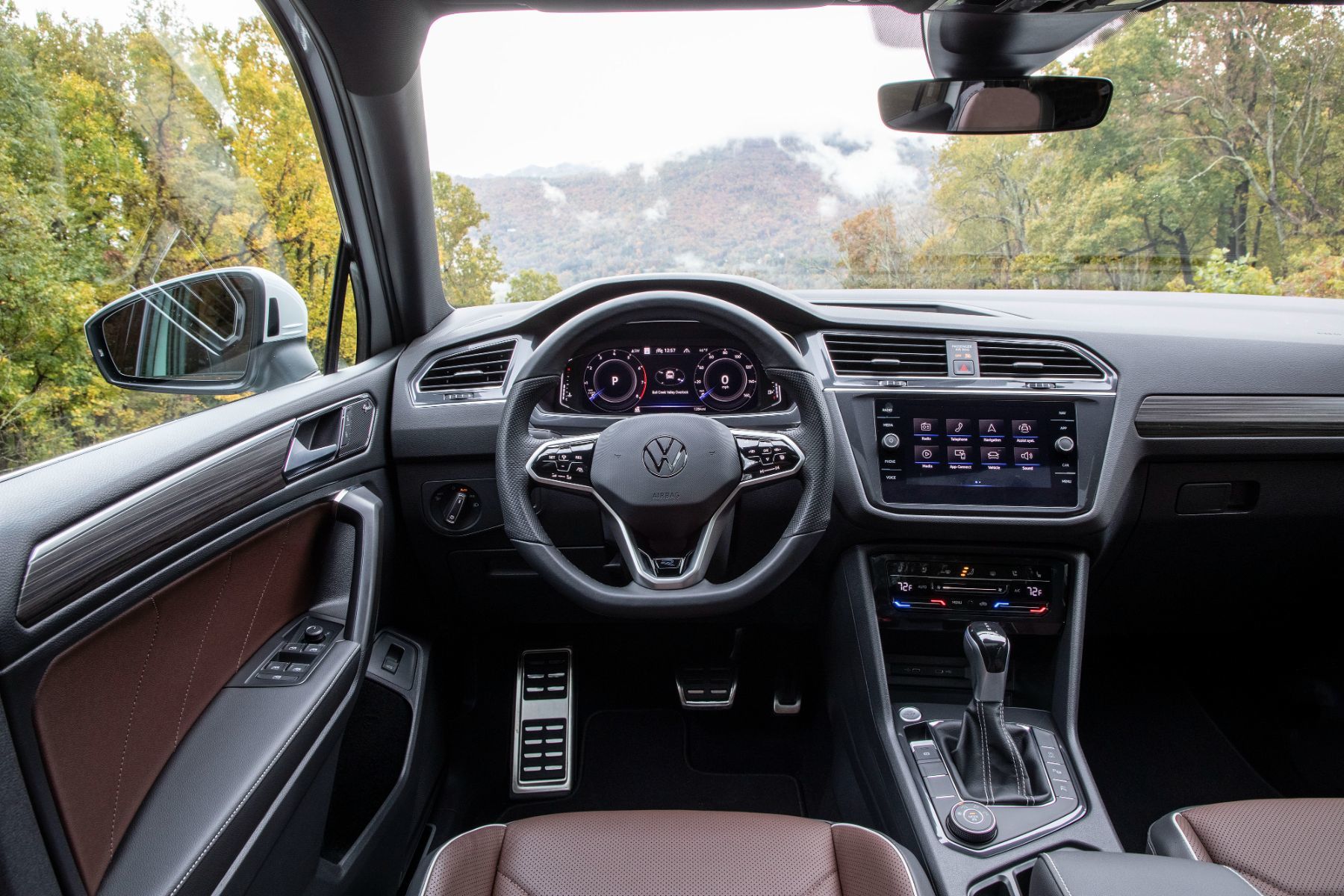
The Volkswagen Tiguan and Taos cater to different segments, reflected in their interior space offerings. Despite being a smaller vehicle, the Taos offers surprising advantages in certain areas.
|
Specification
|
2024 Volkswagen Taos
|
2024 Volkswagen Tiguan
|
|
Front Headroom (mm)
|
1,003 - 1,034
|
970 - 1,006
|
|
Front Legroom (mm)
|
1,019
|
1,021
|
|
Front Shoulder Room (mm)
|
1,435
|
1,448
|
|
Rear Headroom (mm)
|
986 - 1,011
|
960 - 993
|
|
Rear Legroom (mm)
|
963
|
930 - 983
|
|
Rear Shoulder Room (mm)
|
1,402
|
1,417 - 1,420
|
The Taos offers more front headroom, making it a better choice for taller passengers, while both models provide similar front legroom, ensuring comfort for the driver and front passenger. The Tiguan, however, offers slightly more shoulder room in the front, contributing to a more spacious feel. In the rear, the Taos provides more headroom and legroom, enhancing comfort for back-seat passengers. Additionally, the Tiguan stands out with its available third row, accommodating up to seven passengers, a rare feature in its class.
Cargo Space
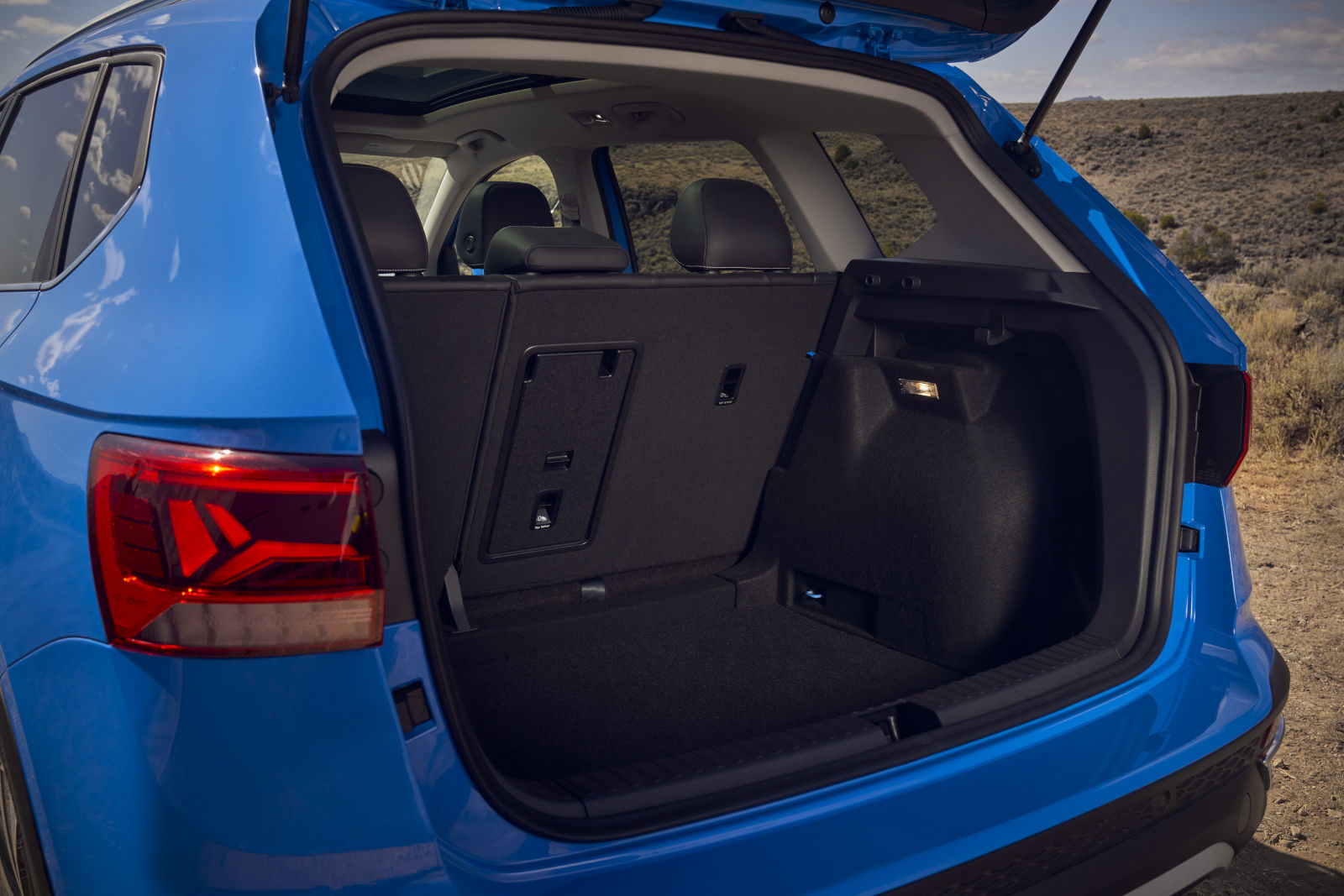
Cargo capacity is another crucial aspect for SUV buyers. Here’s a comparison of the cargo volumes:
|
Loading Volume
|
2024 Volkswagen Taos
|
2024 Volkswagen Tiguan
|
|
Total Volume (L)
|
1,866
|
1,860 - 2,081
|
|
Volume Behind 2nd Row (L)
|
790
|
934 - 1,065
|
The Tiguan offers more versatile cargo space, especially with its second-row seats folded down, providing more room for larger loads. There’s a difference between both models, as we would expect, given that they are in different segments and show a considerable difference in exterior size. However, it’s important to note just how versatile the Taos is. It is among the most welcoming small SUVs you can buy, offering more cargo space than just about every other sport utility vehicle in its segment.
Standard and Optional Equipment
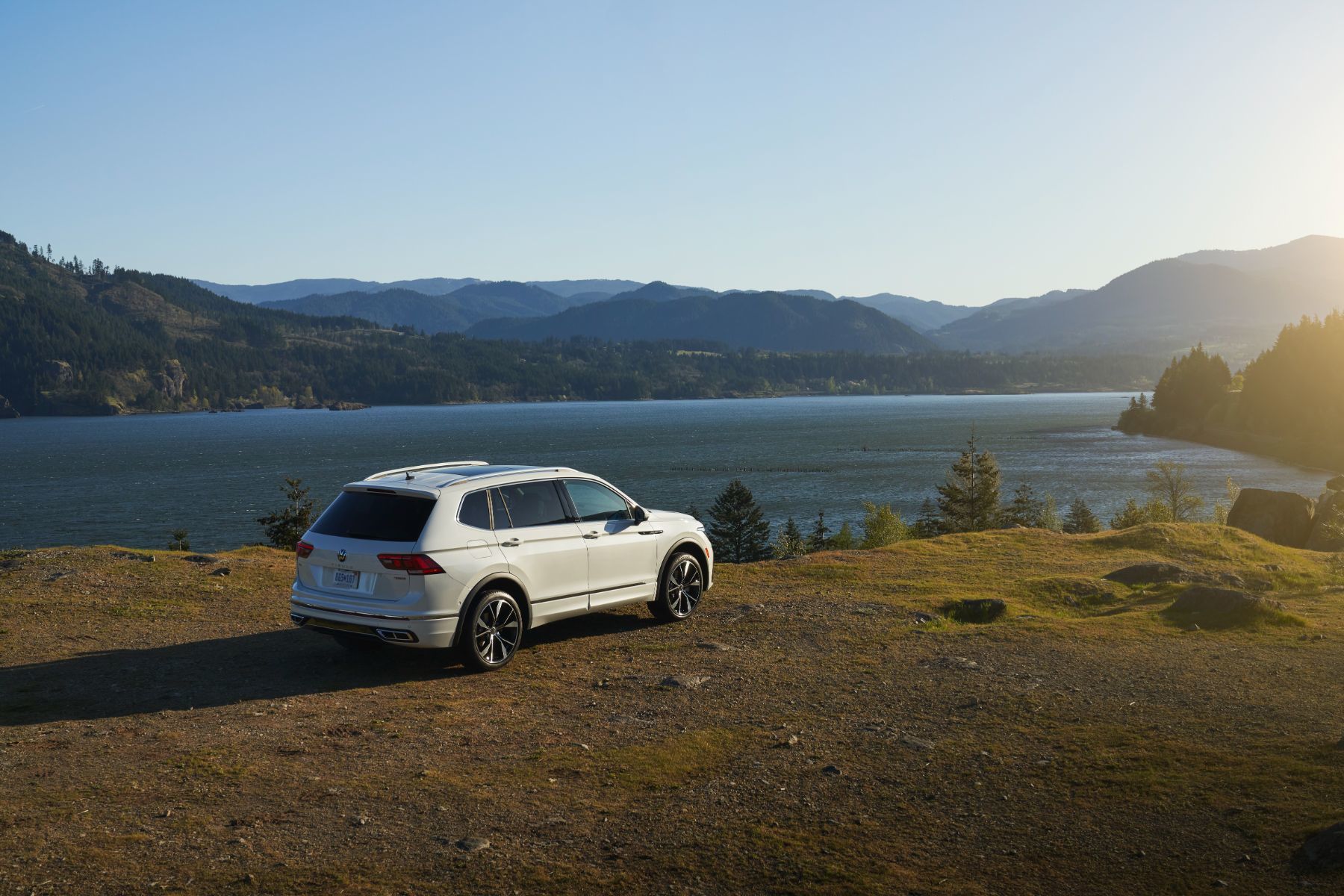
Both the Taos and the Tiguan are well-equipped, but there are notable differences:
The Taos and the Tiguan share several standard features, including heated front seats, a heated steering wheel, steering wheel-mounted audio controls, and a 6.5-inch LCD screen with smart device integration for Android Auto and Apple CarPlay. These features ensure a comfortable and connected driving experience.
Price Comparison
Price is a critical factor when choosing between these two models. The Taos starts at a lower entry price, reflecting its compact size and front-wheel-drive configuration. On the other hand, the Tiguan starts at a higher base price, offering 4Motion all-wheel drive as standard.
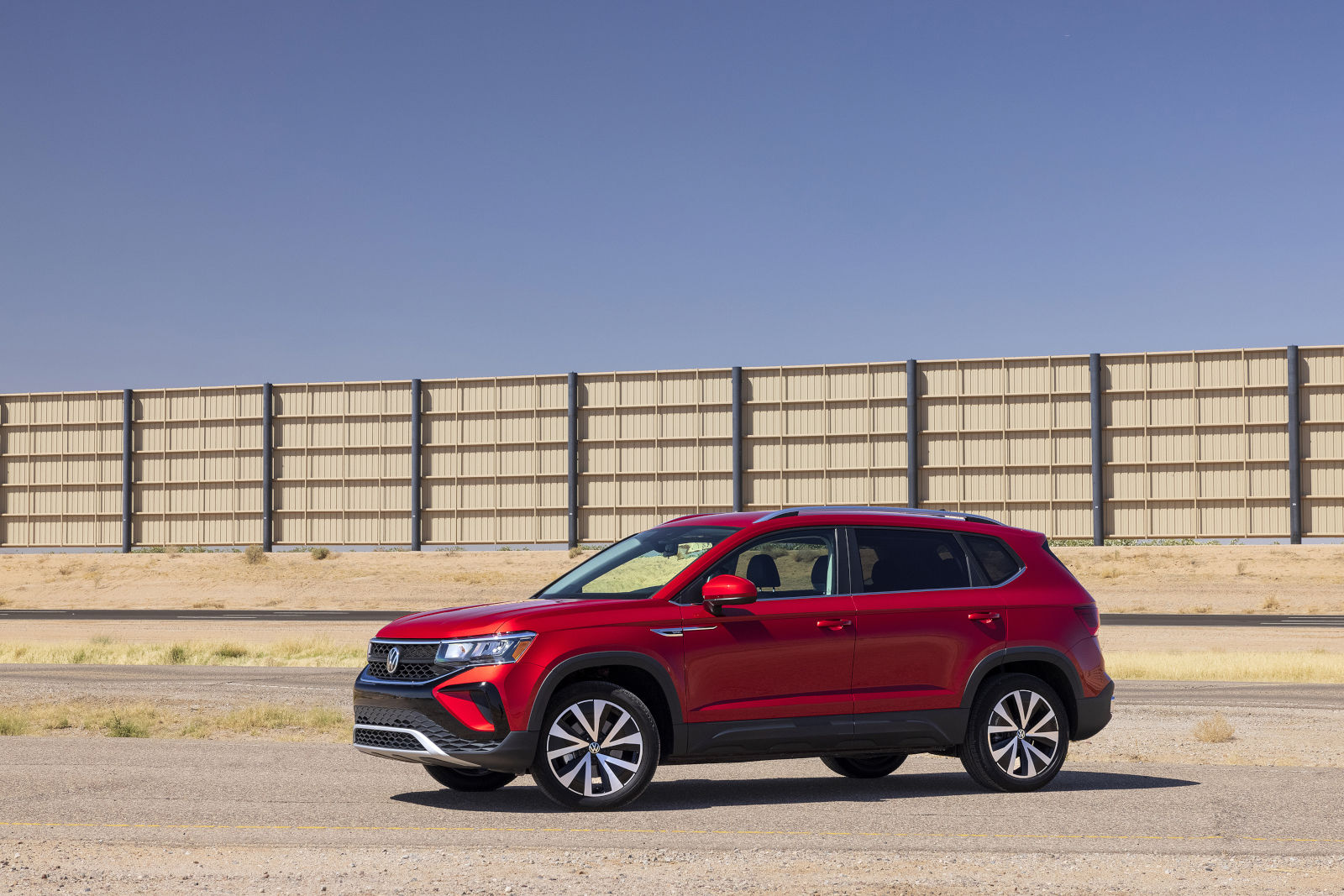
Price Points:
- Taos: Lower starting price, more economical, especially in front-wheel drive.
- Tiguan: Higher starting price, justified by additional standard features and a more powerful engine.
Conclusion
Deciding between the 2024 Volkswagen Taos and the 2024 Volkswagen Tiguan depends on your specific needs and preferences. The Taos is an excellent choice for those seeking an affordable, efficient, and compact SUV with ample interior space. Conversely, the Tiguan offers more luxury features, a stronger engine, and additional versatility with its available third-row seats and larger cargo capacity. Both models embody Volkswagen’s commitment to quality and performance, ensuring you make a satisfying choice regardless of which you select.



